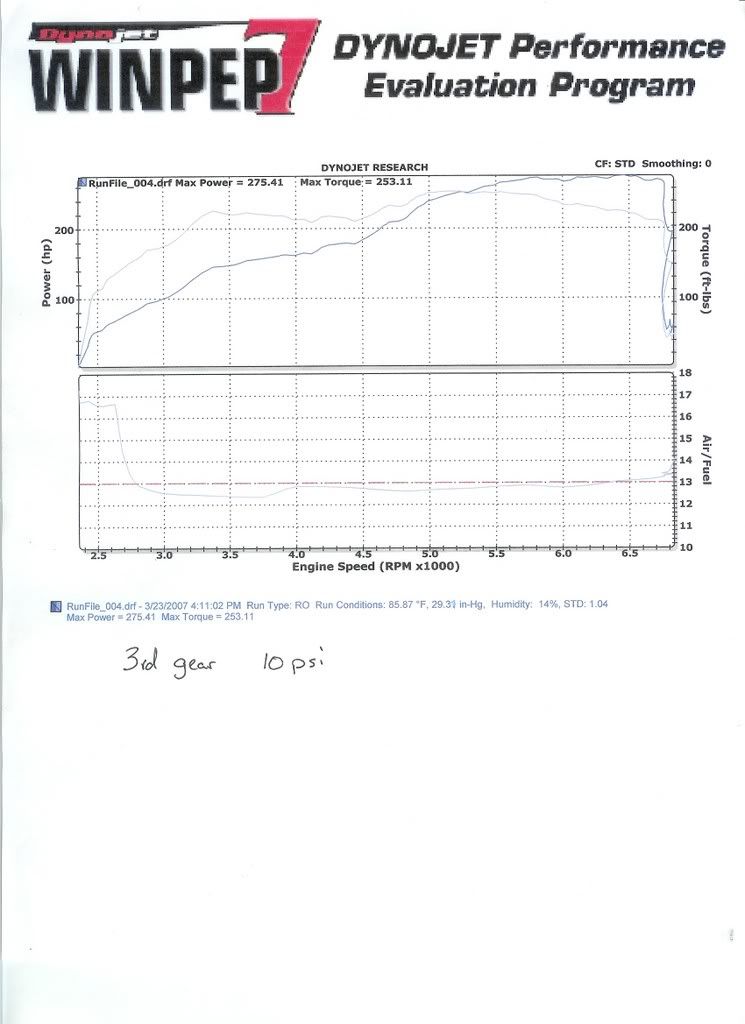polarbear
just growing older not up
On the flip side, they spend a fortune to make modern vehicles quiet. I understood that low noise was priority 1.
Ryan
True, but fuel mileage is an even bigger concern with the new CAFE averages to meet. That, and in a $40K+ truck, noise is a legitimate concern. Not to mention the fact that it's not likely to go to a kid when trade-in time comes around either, and they're the only ones after noise. Skan doesn't exactly fit into the typical buyer's demographic for that truck.
only time a exhaust *SHOULD* void a warranty is if the exhaust caused the part failure.. which on this ecoboost is possible. but most vehicles on the road.. no...
Ford has been extremely aggressive in their intolerance of mods, and they aren't the only ones. GM sidestepped the issue by offering catback exhaust systems through their own parts departments. You mentioned the right word though- "ecoboost." For the (tightly, computer controlled twin turbo) to perform correctly, a certain amount of back pressure has to be maintained.






